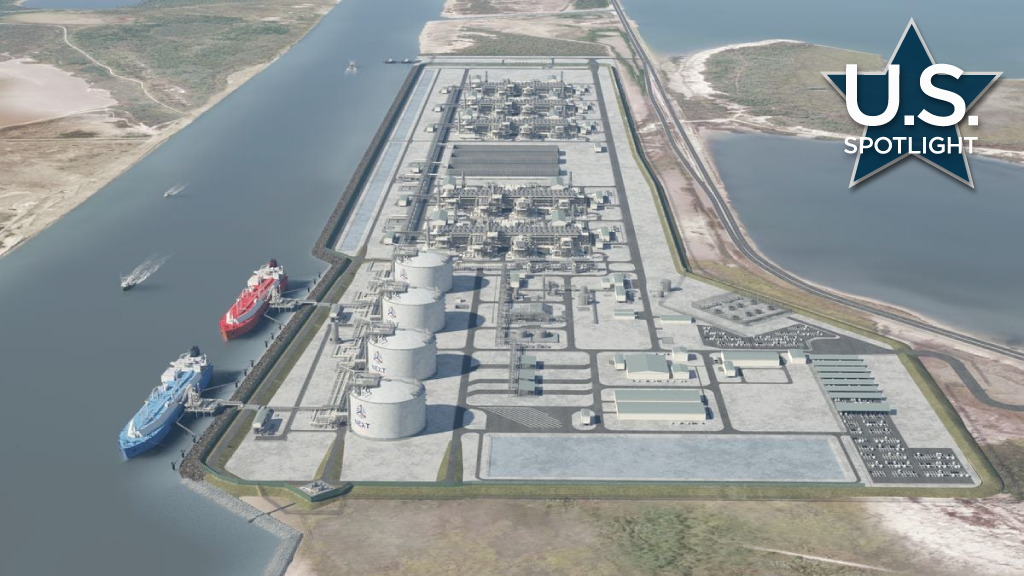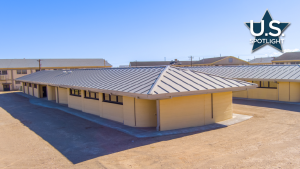The economy of Texas has evolved dramatically since the Second World War. While today the state has become a destination for new technology investment, its economic foundation has traditionally been in cattle, cotton and carbon fuels.
Fossil fuel development in Texas continues to grow and dominates the entire United States, generating upwards of $415 billion annually toward the state’s GDP. Texas accounts for 43 per cent of U.S. crude oil production, 26 per cent of natural gas production and 31 per cent of the nation’s refining capacity. The oil and gas industry employs about 440,000 Texans directly and another one million indirectly.
Natural gas in particular has experienced exponential growth from its beginning in the late 1990s. Exports of natural gas reached 3.3 billion cubic feet in 2021, triple the volume of 2015.
The Texas government is happy to see the state’s energy sector grow. After all, the industry as a whole paid $24.7 billion in state and local taxes and state royalties in fiscal year 2022, well beyond the record $16 billion set in 2019.
Liquefied natural gas (LNG) for export is currently benefitting from new investments. LNG is natural gas cooled to a liquid state at about -260 C for shipping and storage. Of the 24 new LNG export facilities proposed or under construction in the United States, eight are in Texas, earning the state the reputation as “The Land of LNG,” according to the governor’s April newsletter.
One of the biggest LNG commitments now moving forward is the Rio Grande LNG complex near Brownsville, Texas, on the Gulf Coast near the border with Mexico. It’s a project with a total value estimated at $18 billion.
Last month, engineering, construction and project management giant Bechtel received a $12 billion go-ahead for Phase 1 from the facility’s Houston-based owner, NextDecade.
It’s a complex project financing that includes a number of foreign investment partners, including a 16.7 per cent equity position taken by the French petroleum firm TotalEnergies. Plans also call for the conservation of more than 4,000 acres of wetland and wildlife habitat, reduced emissions through carbon capture and storage and the use of net-zero electricity.
Another LNG project is also expected to move ahead in Brownsville.
U.S. energy company Glenfarne Group LLC, through its wholly-owned subsidiary Glenfarne Energy Transition, LLC, hopes its $4 billion Texas LNG facility will be in production by 2027, employing over 1,200 construction workers and more than 100 fulltime employees thereafter. Like the Rio Grande LNG project, renewable energy will be used to power the facility.
As reported by Reuters, the final investment decision will be made sometime this year, following an Order on Remand issued by the U.S. Federal Energy Regulatory Commission regarding air monitoring and emergency response communications that will be incorporated into the Texas LNG plan.
“Environmental justice and the carbon footprint of our project are among the most important issues we regularly consider as we progress Texas LNG to a final investment decision this year,” said Brendan Duval, CEO and founder of Glenfarne Energy Transition in a media release.
“We are eager to begin construction on our facility to be able to safely export clean, environmentally sensible LNG that is ’Green by Design’ around the globe, providing long-term energy security when it is critically needed.”
On the Gulf Coast east of Houston, U.S.-based Sempra Infrastructure announced in March it would move on the first phase of development, construction and operation of the Port Arthur LNG project. It will be a joint venture between its subsidiary, Sempra Infrastructure Partners LP, and ConocoPhillips. The total capital expenditure for Phase 1 of the project is estimated at $13 billion.
Commenting on the economic impact of the project, Brendan Bechtel, Chairman and CEO of Bechtel, the contractor selected for construction at Port Arthur said, “The 5,000 construction jobs this project creates will provide outstanding opportunities for craft professionals — growing a skilled workforce that will benefit the region for years to come.”
That’s music to Gov. Greg Abbott’s ears.
“Sempra’s selection of Port Arthur as the location for a new natural gas liquefication and export terminal is a strategic decision that will cement Texas’ position as the energy capital of the world,” he said in the Sempra’s media release. “Expanding LNG is imperative to American energy security, and the State of Texas looks forward to working alongside Sempra to advance this mission and bring more jobs and greater opportunities to hardworking Texans.”










While the Internet is full of positives for this LNG project, the Federal Energy Regulatory Commission has denied its request to commence site preparation activities required for the construction of its LNG Terminal. See my 08-01-2023 Guest Opinion piece in the Rio Grande Guardian for details: “Young: Why Rio Grande LNG and Rio Bravo Pipeline projects could be goners,”